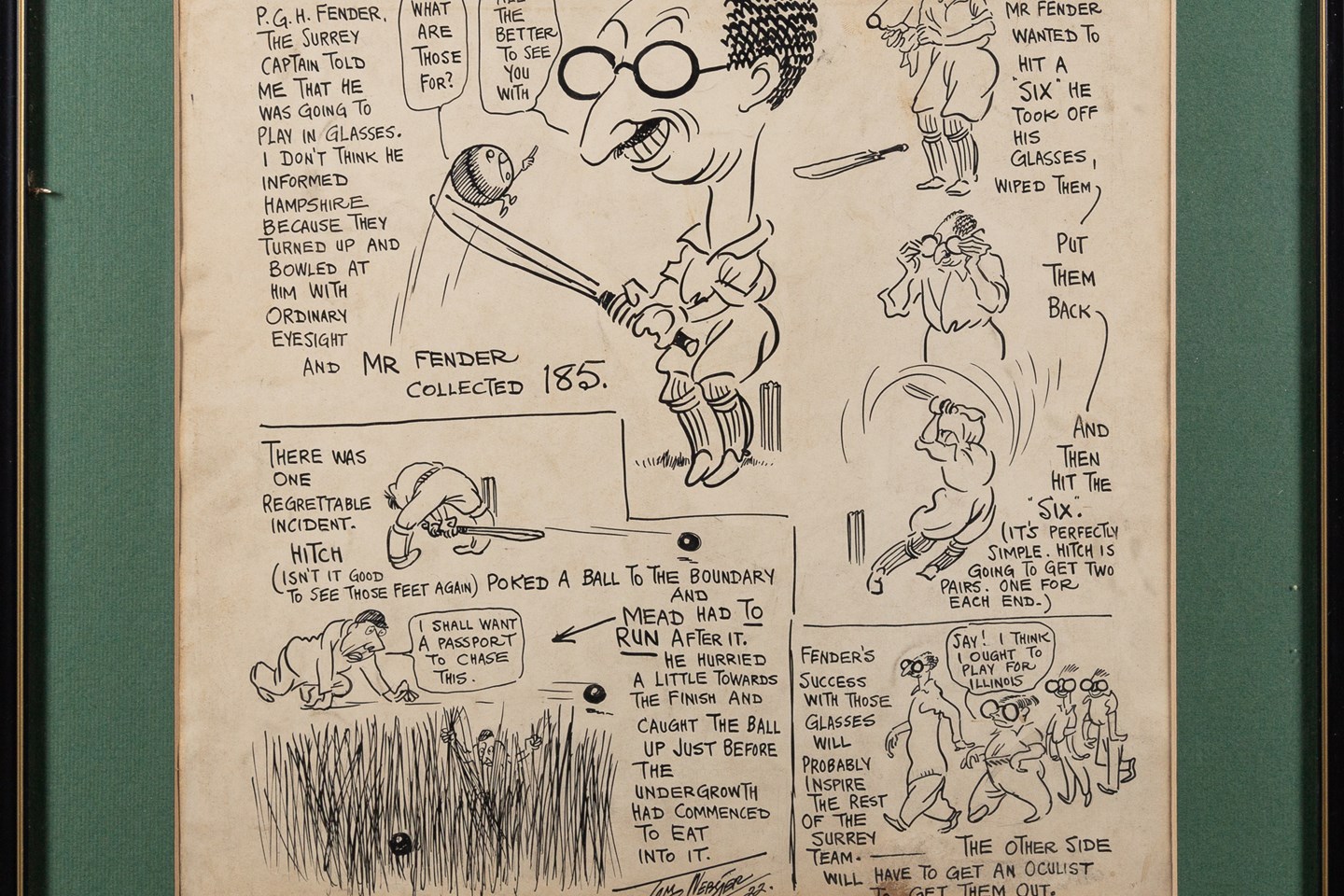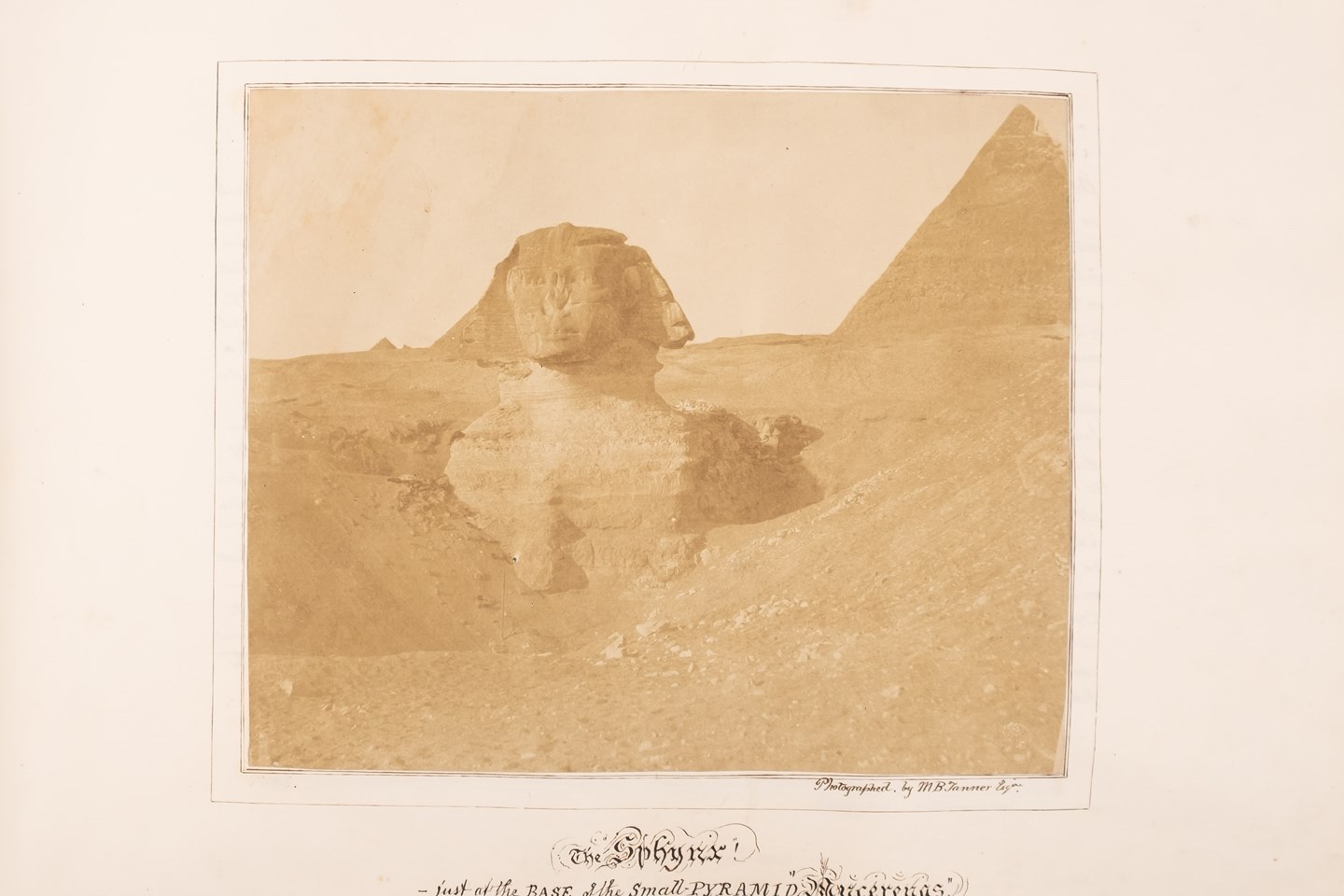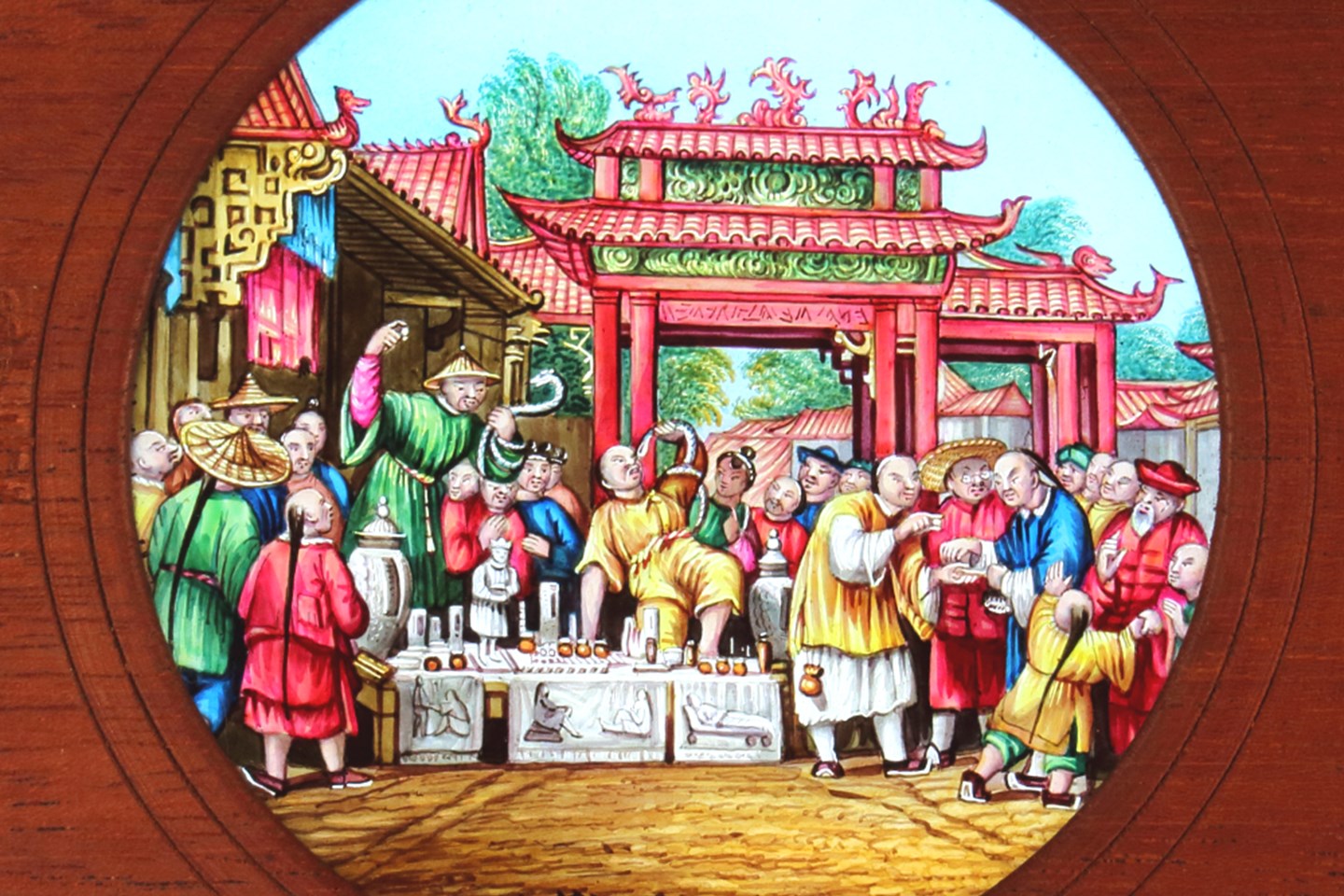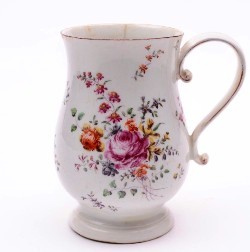
A Derby Mug (FS17/62), part of the Tryhorn Collection.
Like every other 18th century English porcelain producer, Derby's roots seem to be shrouded in vague alchemical language and secrecy so the actual date when porcelain was first produced is difficult to establish.
However, whilst William Duesbury's London Account Books seem to indicate he was decorating Derby porcelain in 1753, it is largely accepted that his partnership with Andrew Planche in 1756 was when Derby started and indeed later that year the first auction of Derby porcelain was advertised. Planche's involvement was short lived and he returned to London in the same year.
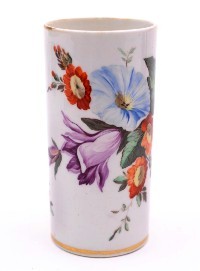
A Derby Cylindrical Spill Vase (FS17/64),
part of the Tryhorn Collection.
Much early production was table ware, tea and coffee services, baskets, sauceboats and the like, all of which could also be purchased from China, if your pockets were deep enough. What you couldn't get from China and what was an instant success were figures and figural candlestick groups, much of which was fussily modelled and either mythological, allegorical, pastoral or sentimental in its subject matter.
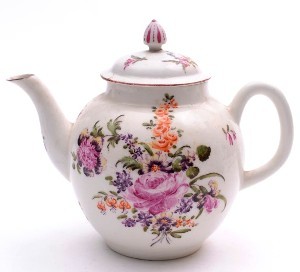
A Derby Teapot and Cover (FS17/598), auctioned in the January 2013 Fine Art Sale.
Like Chelsea, they aimed for the aristocratic market. Indeed, Derby bought the Chelsea porcelain concern in 1770 and, whilst the latter was in decline, Derby did away with it's main competitor and acquired quite a lot of 'in house' expertise. This Chelsea-Derby period ranged from 1770-84, when the Chelsea premises were demolished. It is probably fair to say that Derby was something of a broad church as indicated by the production of larger ale mugs for those of a slightly lower station.
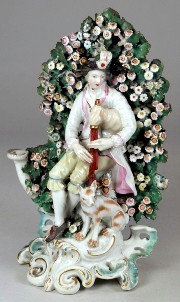
A Derby Porcelain Candlestick Group. (FS17/595).
The death of William Duesbury in 1786 led to his son (also William) taking over the reins until his death 10 years later – during this period a rather explosive manager called Micheal Kean soured relationships with the staff until he left in 1811. At this point, Robert Bloor took over Derby and a gradual decline continued. Always short of cash, he was forced to sparsely decorate existing stock. However, he was also responsible for larger 'furnishing' vases and a broad range of ornamental knick-knackery. Although only active for 20 years, he maintained control until his death in 1846.
- Bearnes Hampton & Littlewood
- Fine Sale
- Ceramics
- Derby Porcelain
- Chelsea Porcelain
- Wiliam Duesbury
- Andrew Planche
- Michael Keen
- Robert Bloor
The Early History of Derby Porcelain was written on Friday, 18th January 2013.






